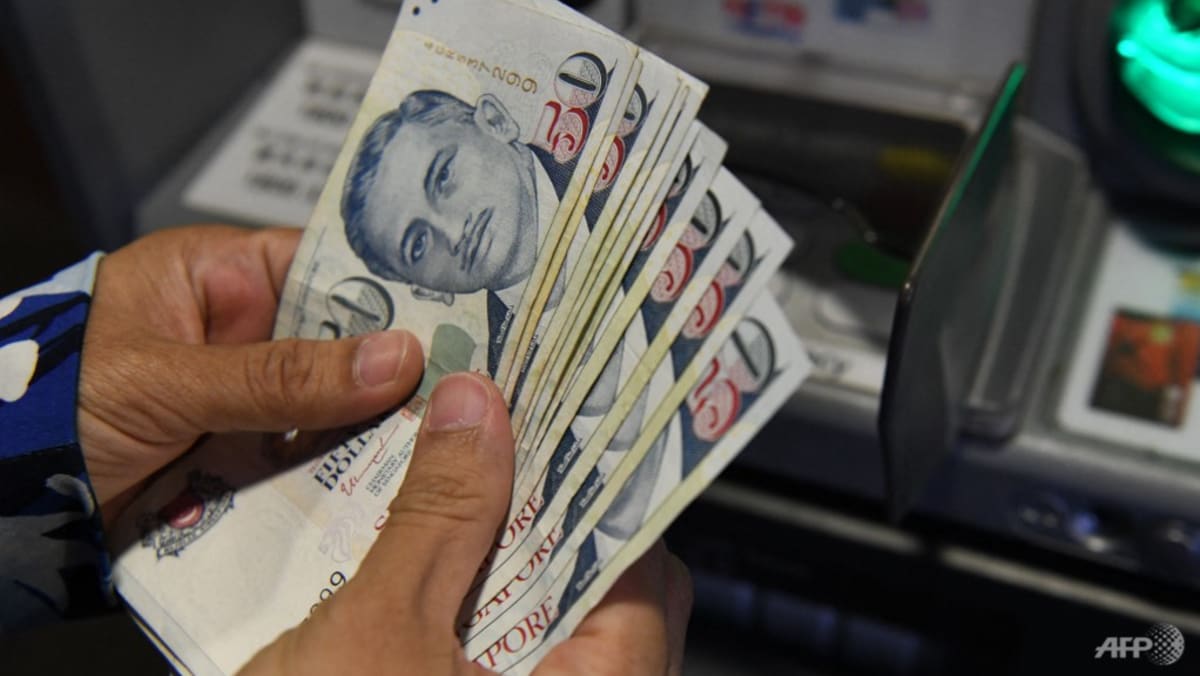
THE WINNERS AND THE LOSERS OF A STRONGER SINGDOLLAR?
An appreciation in the Singdollar against most currencies means that for those drawing up travel plans to destinations such as Europe or Japan, the exchange rates will be in their favour.
Theoretically, importers or businesses with operations overseas may also reap some benefits while exporters, on the flip side, could be in for some pain. But experts told CNA that the effects may be less clear cut this time.
For one, Mr Ng pointed out that much of international trade remains priced in US dollars.
“So while the Singdollar may have gained against other currencies, weakness against the US dollar still means that any potential benefit will be mitigated.”
Agreeing, Mr Ang Yuit, vice-president of the Association of Small and Medium Enterprises, said while there may be some “positive help” when it comes to offsetting supply chain costs, any benefit from a firmer Singdollar this time round will “be more targeted” based on where a company sources for raw materials, bases its production and eventually sells its products to.
“Currency fluctuation and its impact on businesses is not that simple and straightforward,” he said.
“Take for example a garment business which most likely has its production based in Vietnam and then exported elsewhere. In this case, the Singdollar going up does not really help the company much, apart from allowing them to invest or hire more in Vietnam for example.”
On exports, Minister of State for Trade and Industry Alvin Tan said in a Parliamentary speech that a stronger Singdollar is “not expected to have a significant negative impact”.
This is because Singapore’s exports are primarily dependent on demand, rather than the exchange rate. They are also “high value-added products and services, where demand is less sensitive to price and therefore, exchange rate changes”, he told the House in May.
CIMB Private Banking economist Song Seng Wun cited the strong performance in Singapore’s non-oil domestic exports thus far, noting that it would be “hard to say there’s a blanket impact” on the country’s exporters.
Nonetheless, some negative repercussions can still be gleaned from the MAS’ annual report released this week, said Mr Song.
The central bank recorded a loss of S$7.4 billion in the last financial year, citing lower investment gains on the country’s foreign reserves and a stronger Singdollar. This means that companies with operations overseas but report earnings in the home currency will face similar negative foreign exchange translation effects.
“Let’s say you are a hospitality operator with many hotels in different parts of Europe and Japan. As long as you report your earnings in the Singapore dollar, you will get the currency translation losses,” the veteran Singapore economy watcher explained.
In addition, a stronger Singdollar may throw up some hurdles for the recovery of the local tourism sector, as foreign holidaymakers opt for cheaper destinations, said Mr Ng.
More generally, currency movements also signal broader shifts or concerns in the world economy.
“The fear is that with central banks going for monetary policy tightening and other uncertainties remaining, there might be a recession around the corner and an impending slowdown in global demand, which for open economies like Singapore, won’t be so good news,” Mr Song said.

